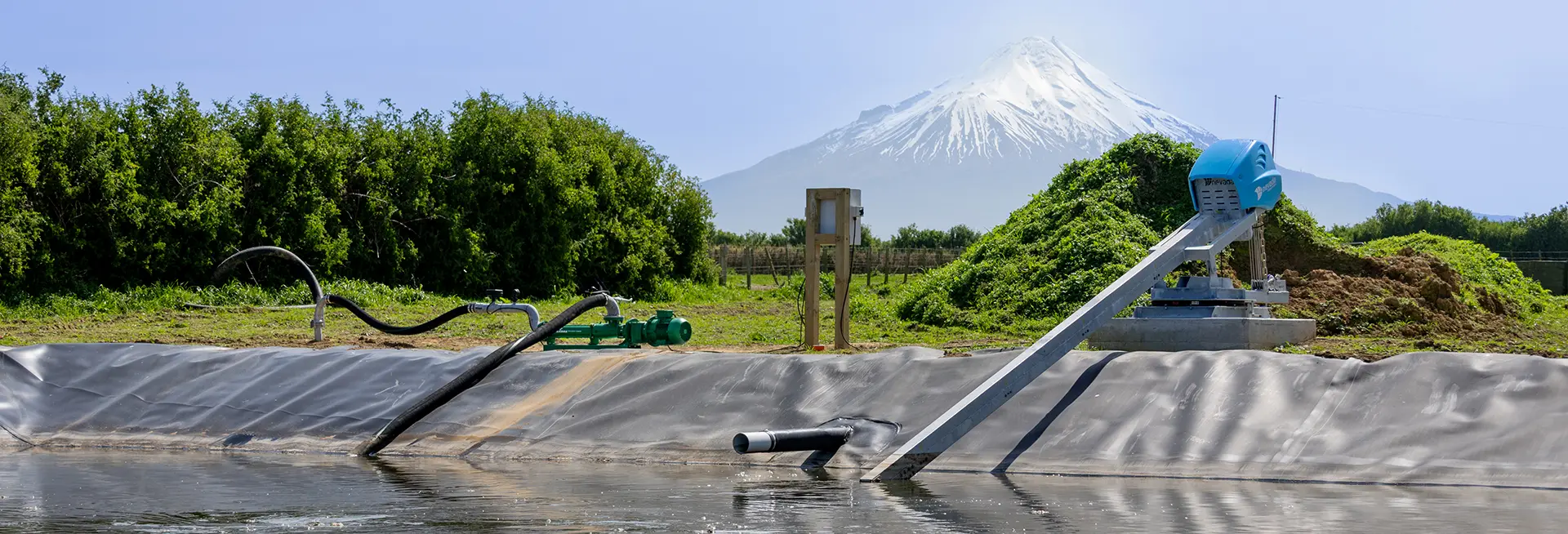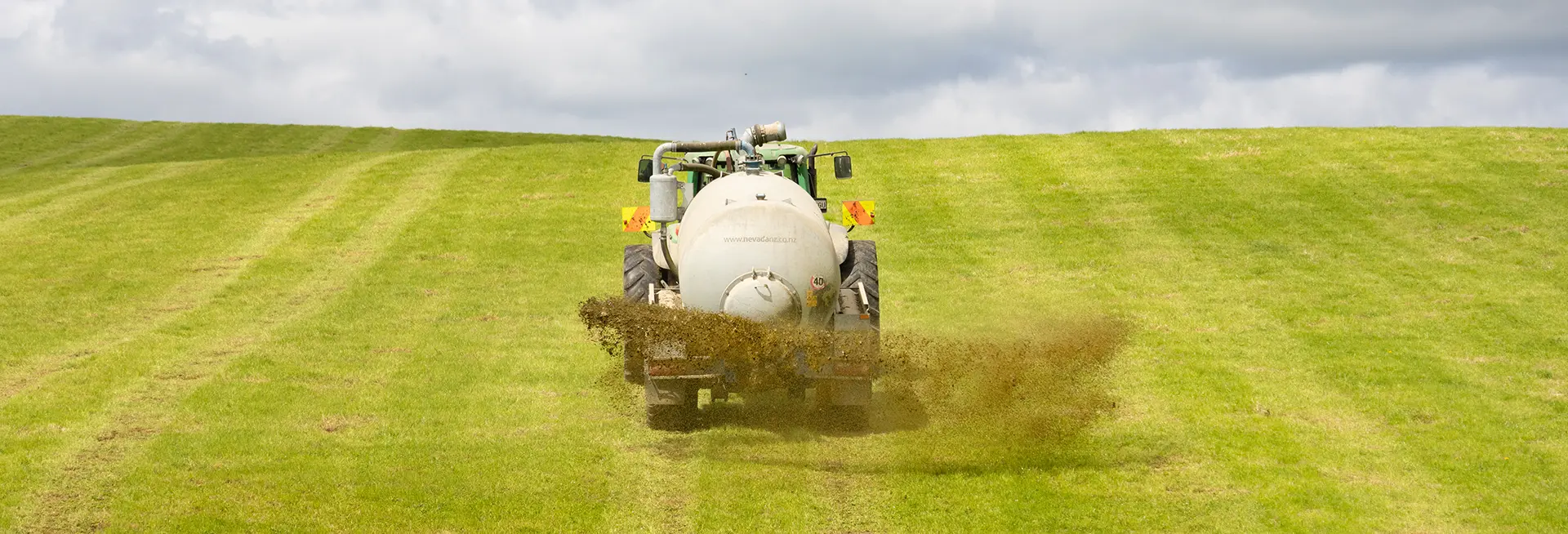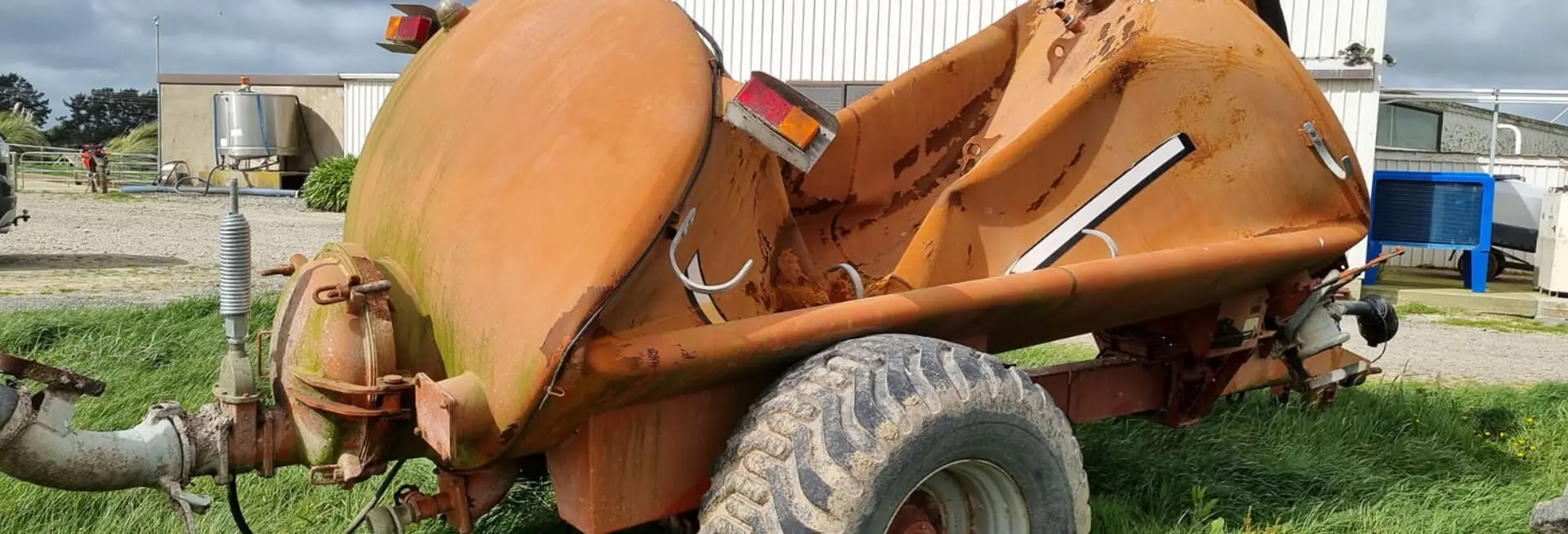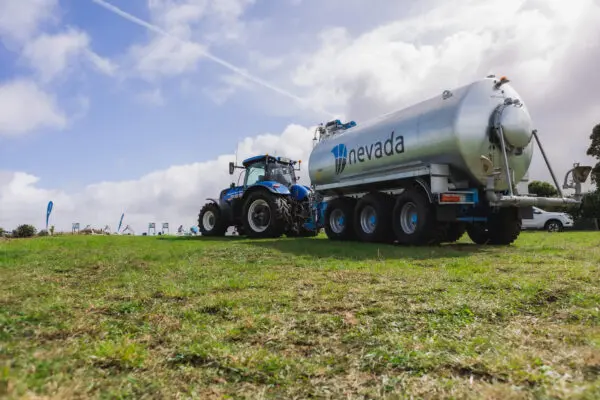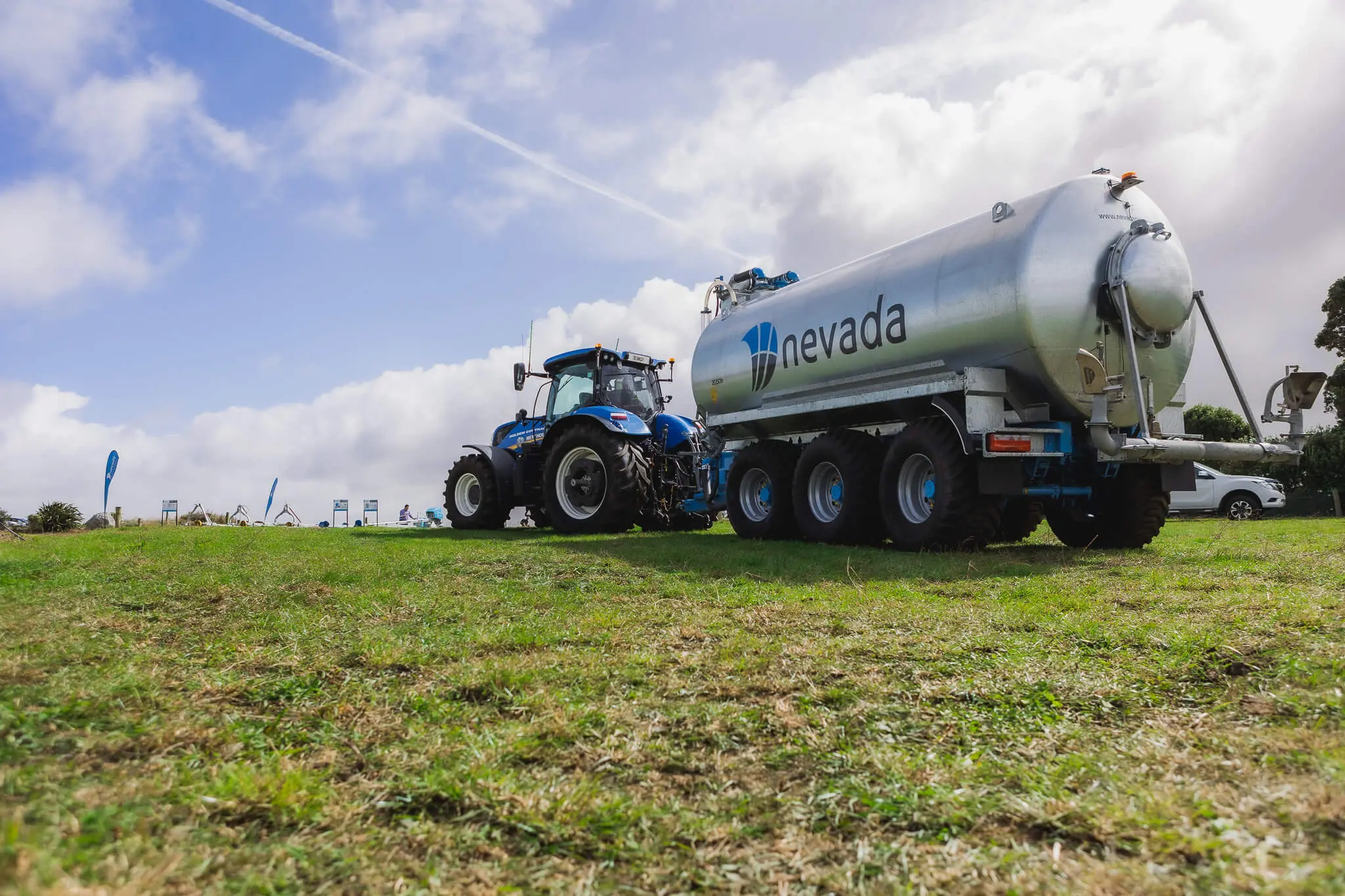Health and Safety Around your Effluent Pond
Effluent ponds contain a lot of hazards. If you’re failing to manage those hazards, you could be liable for a fine of up to $3million dollars. It’s just not worth it, especially when many of the hazard prevention methods are sensible and not cost-prohibitive.
If you’re stuck on how to manage health and safety around your effluent pond, talk to the Nevada team. We can help you put a plan in place and design a system that will keep your workers, contractors, and family safe.
Here are some tips to help you get started thinking about effluent pond safety:
Fencing
You should fence off your pond area to prevent humans or animals being able to access to pond. Make sure you have a lock on the gate. You could also use electric fencing if you’re worried about stock accessing the area.
Signage
Place signs on the fence warning people about the dangers.
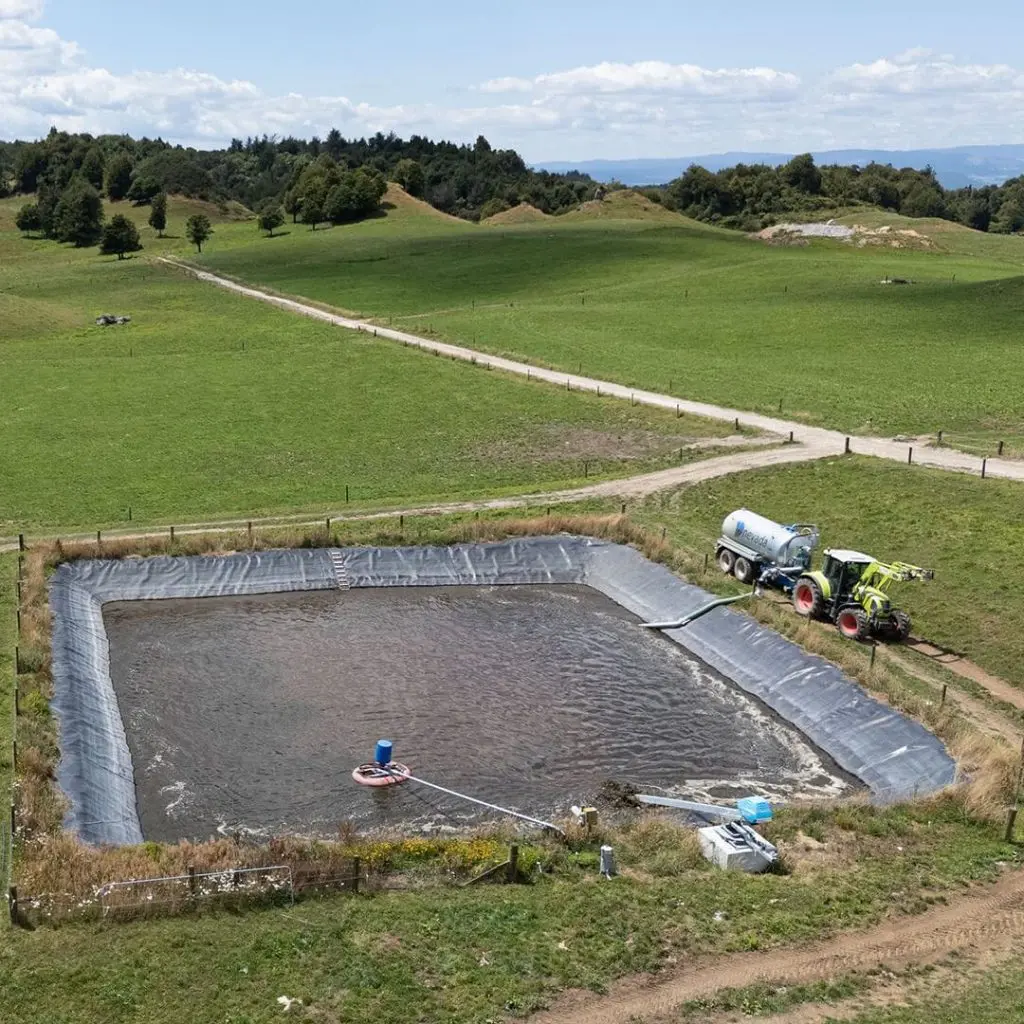
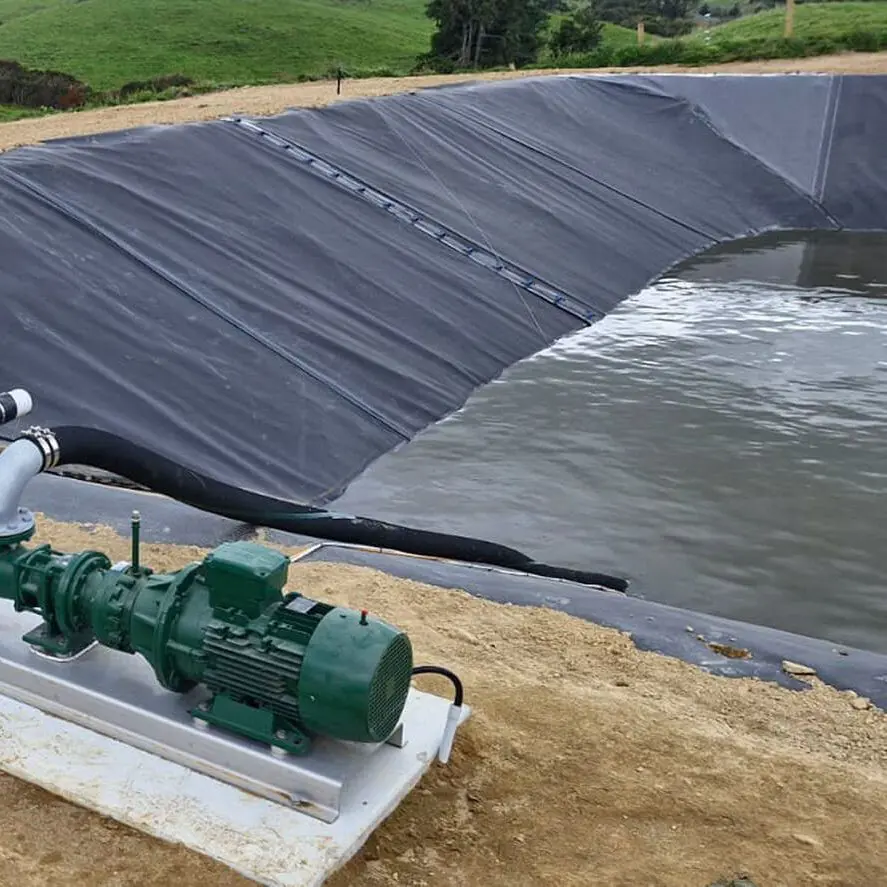
Escape ladders
If a person accidentally falls into a pond, it can be very difficult to climb back out again because of the amount of sludge on the sides. You should place at least one escape ladder on the side of the pond. Some people also like to have a life buoy available as well.
Risk management plan
his is the most important factor in your effluent pond safety. You need to create plans and procedures that outline how workers and other people work in and around the pond area. Many farms have a set of rules dictating that no one goes into the pond area alone – two or more people are required, to ensure that one can raise the alarm or otherwise act if the other falls in.
Identify and manage other risks
Falling into the effluent pond is only one of the risks of working around the effluent pond. If you have machinery such as stirrers, there are also risks to be managed.
If you want some help controlling and managing hazards around your effluent pond to make sure you’re compliant, then contact the Nevada team. We’re here to offer expert advice and discuss the options for your dairy effluent system. Contact the team at Nevada.
